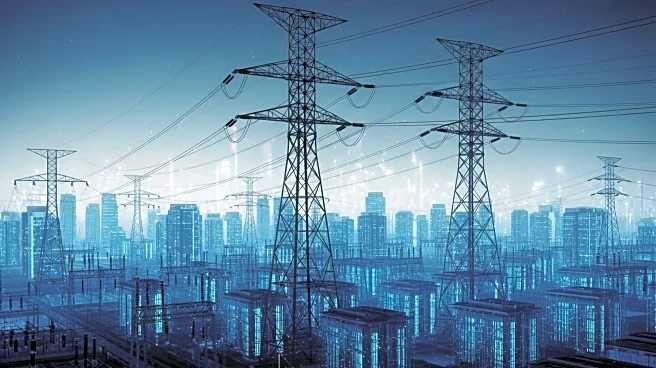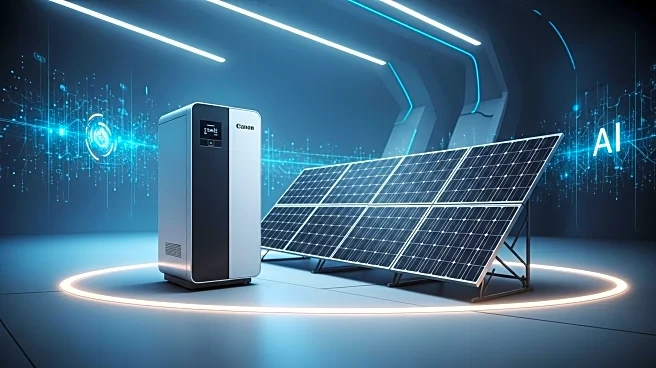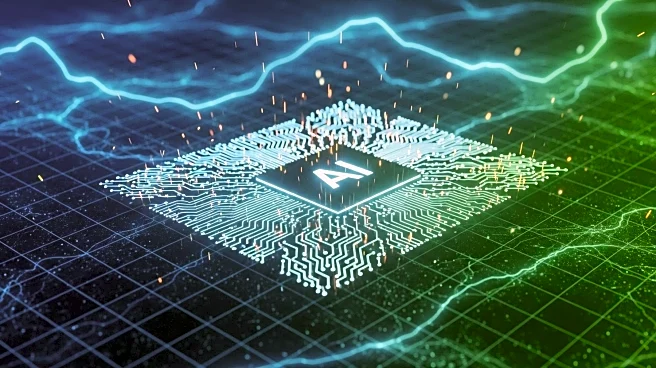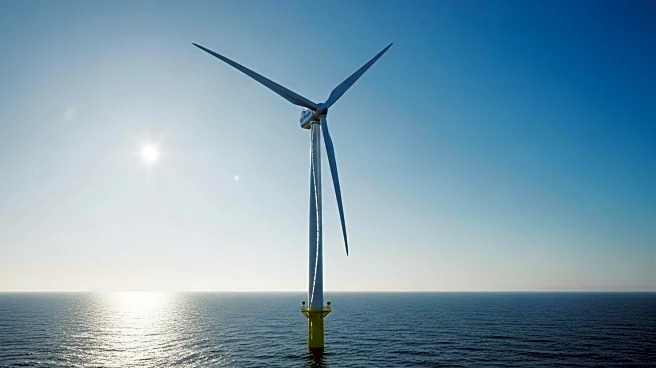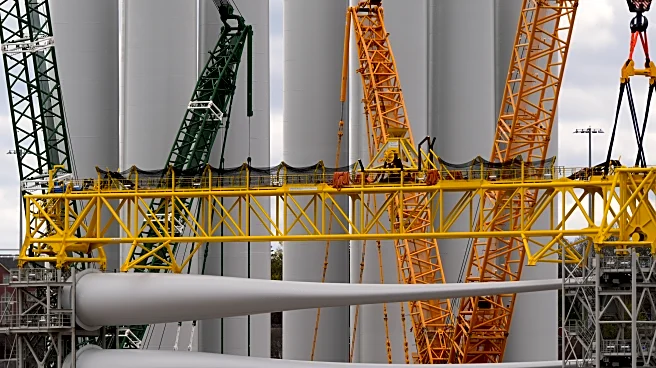What's Happening?
The U.S. Energy Information Administration (EIA) has reported a 3.8% increase in total net electricity generation and a 2.6% rise in retail sales this July compared to the previous year. This growth is attributed to hotter weather and increased demand from data centers and electrification. Residential electricity prices rose by 5.2%, while transportation and industrial sector prices also saw significant increases. Analysts suggest that traditional prediction models may be inadequate due to dynamic factors such as AI, electrification, and climate change.
Why It's Important?
The rise in electricity demand highlights the growing impact of data centers and electrification on the U.S. energy grid. As data centers expand, particularly those supporting AI workloads, they become significant contributors to electricity consumption. This trend may lead to increased investments in energy infrastructure and changes in pricing models. Consumers and businesses could face higher electricity costs, prompting discussions on energy efficiency and sustainable practices.
What's Next?
The continued growth in electricity demand will likely necessitate upgrades to generation, transmission, and distribution systems. Utilities may need to invest in new infrastructure to accommodate rising demand, potentially passing costs onto consumers. Policymakers and industry leaders will need to address the challenges posed by increased consumption, exploring solutions such as renewable energy sources and improved efficiency measures.
Beyond the Headlines
The report underscores the need for updated statistical frameworks to accurately predict electricity demand. As AI and electrification continue to shape the energy landscape, stakeholders must consider long-term strategies for sustainable growth. The interplay between technology advancements and energy consumption raises questions about the future of energy policy and the role of innovation in addressing environmental concerns.


